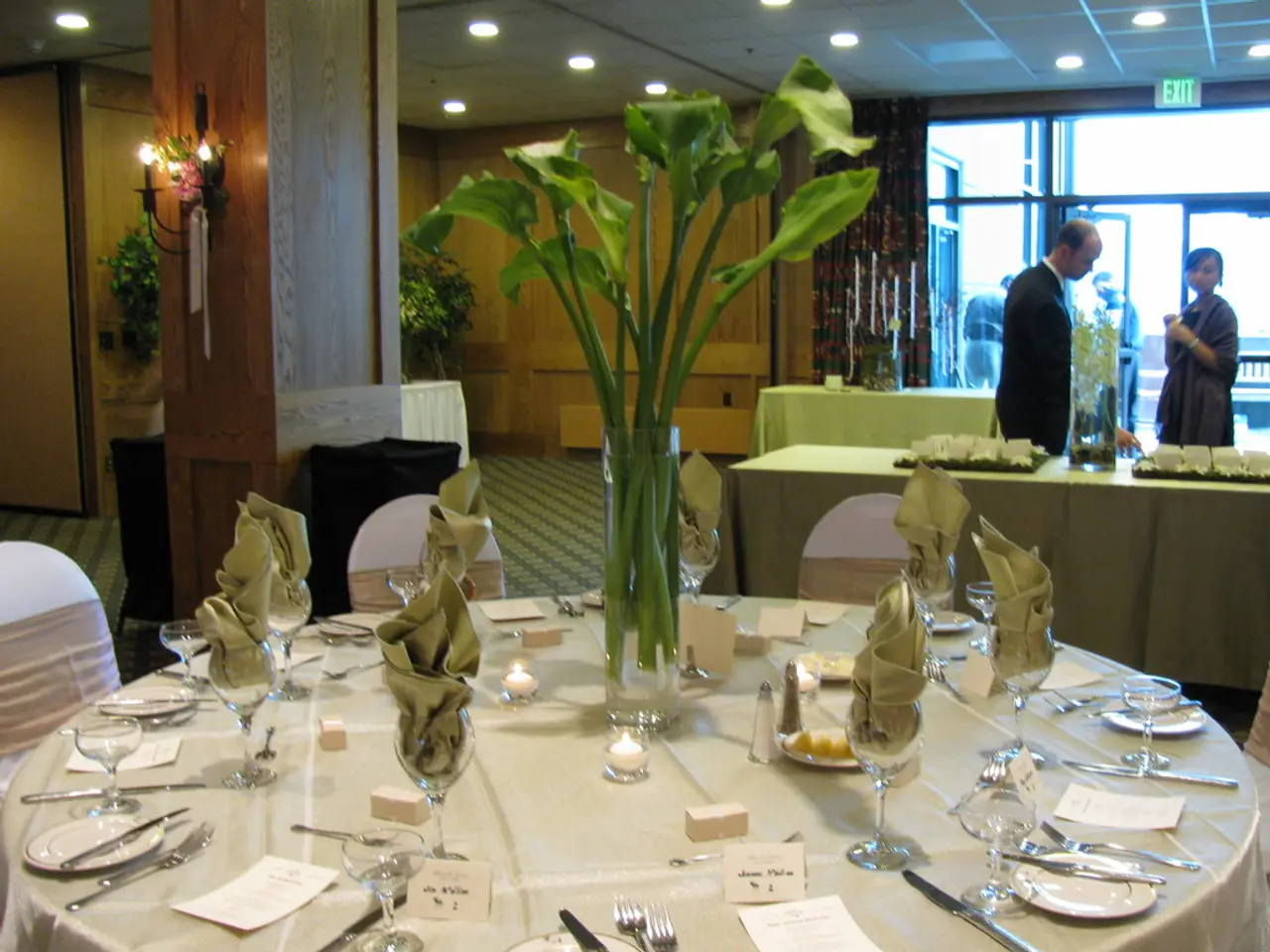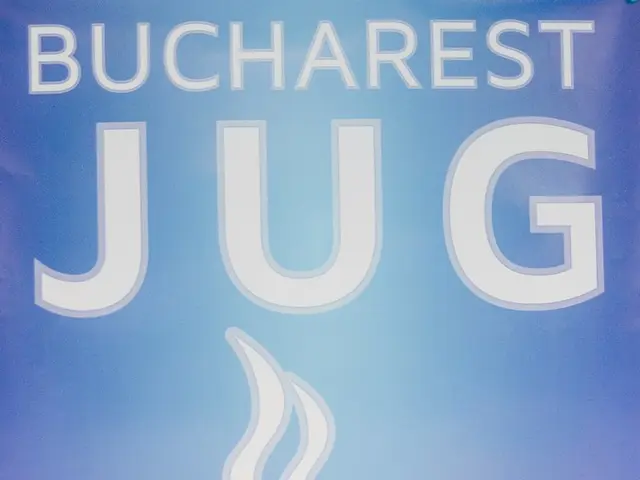Government Plans VAT Cut for Restaurants to Boost Hospitality
The Government plans an epic pass for restaurants and food-serving businesses, from 13.5% to 9%, in the next budget. This move, projected to cost €675 million annually, is part of a broader trend of using VAT changes as a demand management tool. However, businesses in the hospitality sector are more likely to pass on VAT increases to consumers than reductions, as seen in recent changes.
Historically, the pass-through of VAT changes to consumer prices has varied significantly depending on the direction of the change. A 2011 VAT reduction led to a 50% pass-through, while a 2019 VAT increase resulted in an 88% pass-through. More recent changes, influenced by external factors like the Covid-19 pandemic and inflation, showed lower levels of pass-through.
The proposed VAT cut in Budget 2026 excludes hotels and costs €675 million per year. For context, a full-year VAT reduction from 13.5% to 9% on hospitality would cost €870 million, equivalent to increasing standard rate income tax bands by €3,000, hiring 11,400 nurses, or 7,800 teachers. The concern is that temporarily cutting VAT rates on hospitality could lead to higher overall price levels due to increased pass-through of subsequent VAT increases.
The Government's VAT cut aims to boost the hospitality sector, but the long-term effects remain uncertain. While it may initially benefit consumers, the potential for higher prices in the future due to increased pass-through of subsequent VAT increases is a risk. As VAT changes have become a key demand management tool, it's crucial to monitor the impact of this policy shift.
Read also:
- Catastrophe at a U.S. Steel facility in Pennsylvania results in the loss of two lives. crucial details unveiled
- Manipulating Sympathy: Exploiting Victimhood for Personal Gain
- Prices remain a concern for the Germans
- Auto Industry Updates: Geotab, C2A, Deloitte, NOVOSENSE, Soracom, and Panasonic in Focus




